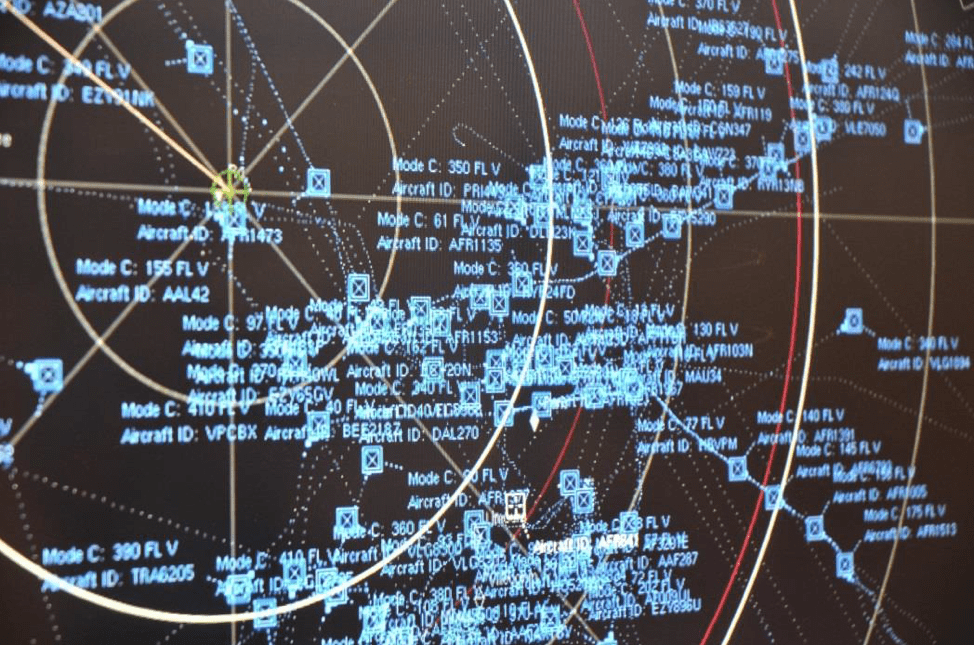
Thales is working in collaboration with Leidos on the FAA’s Mode S Beacon Replacement System contract. Photo: Thales
Leidos and Thales are collaborating on the supply of up to 142 secondary surveillance radars to the Federal Aviation Administration (FAA) under the Mode S Beacon Replacement System (MSBRS) contract.
The FAA first announced intentions to upgrade the secondary surveillance radar in support of the U.S. air traffic control system in May 2018 to address sustainability issues with the existing Mode S beacon system sensor. After completing a demonstration process at the agency’s William J. Hughes Technical Center, Thales was selected as the Mode S supplier and has partnered with Leidos for engineering life cycle support.
“The MSBRS system being provided enables the FAA automation systems to migrate onto the data-rich ASTERIX (All Purpose Structured Eurocontrol Surveillance Information Exchange) interface, thereby enabling NextGen tools to provide greater capabilities with better accuracy for air traffic management. Additionally, MSBRS will also mitigate the 1,090 MHz spectrum frequency congestion,” Fran Hill, senior vice president and transportation solutions operations manager for Leidos told Avionics International.
Basic surveillance Mode S has been used by the FAA to support airborne aircraft/traffic alert and collision avoidance systems (ACAS/TCAS) and has provided accurate altitude reporting along with simplified aircraft ID code assignments for several decades. Mode S with enhanced surveillance was eventually introduced to deliver more data to controllers such as aircraft attitude, heading and speed, as well as altitude, aircraft ID and ACAS/TCAS advisories.
When TCAS II was mandated for Part 121 operators in the U.S. in 1994, the enhanced Mode S transponders became necessary. The FAA currently has 137 operational and 11 support Mode S radar systems located throughout the National Airspace System.
Hill said once the replacement secondary surveillance system is deployed, it will become the new source of beacon aircraft data to the FAA’s air traffic control automation systems “for processing and presentation to air traffic controllers.” Two systems that Leidos already manages for FAA, the Advanced Technologies and Oceanic Procedures (ATOP) and the En Route Automation and Modernization (ERAM) system, will also be recipients of the data.
ERAM provides processing of flight radar data, communications support and generation display data for controllers at all 20 FAA Air Route Traffic Control Centers (ARTCC) in the U.S. It officially replaced the FAA’s legacy Host upper airspace traffic computer network in 2015.
“Thales constantly invests to improve the performance of our products. Our secondary radar technology now provides Enhanced Mode S (EHS) and will help the FAA increase operational availability and performance of the system,” Marie Gayrel, director of civil radars activities for Thales told Avionics.
The two companies were unable to provide a timeline on when the MSBRS upgrade will be complete. FAA also did not provide a response on the timeline.